Cats may be independent, but their behavior isn’t always a mystery. From scratching furniture to sudden mood swings, feline quirks can sometimes leave owners puzzled. The key to a happy home is understanding what drives these behaviors and finding positive ways to manage them.
Whether it’s redirecting scratching, reducing stress, or improving litter box habits, small adjustments can make a big difference. With the right approach, you can create a peaceful, rewarding bond with your feline friend while keeping your home cat-friendly and stress-free.
10. Seek Professional Help When Needed
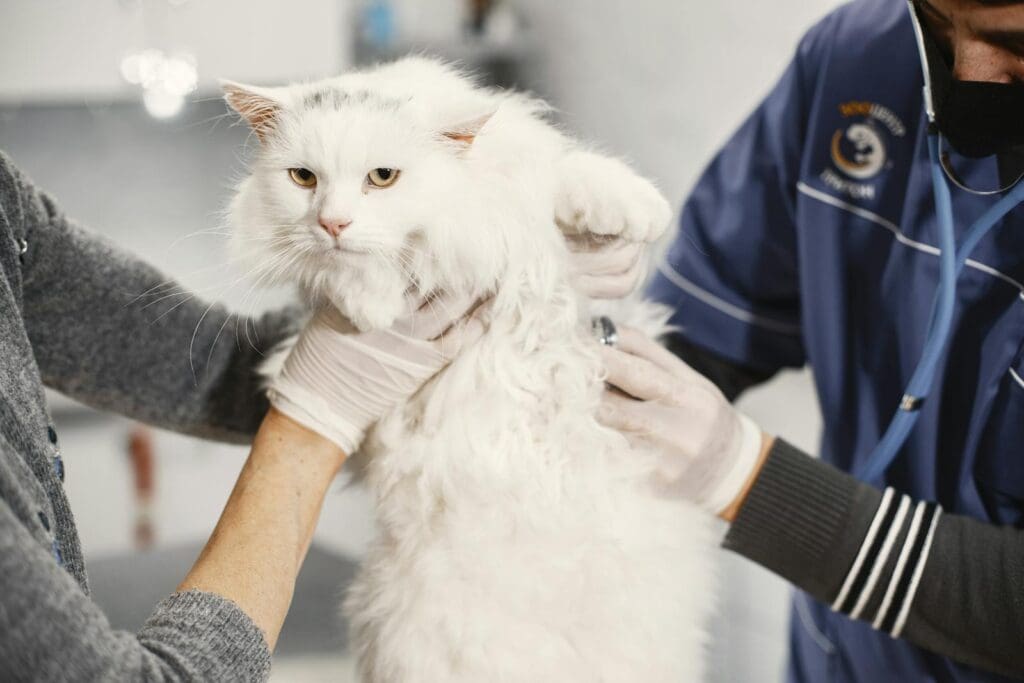
If your cat’s behavioral issues persist, consult a cat behavior consultant or veterinary behaviorist. These professionals can assess your cat’s specific problems and develop tailored strategies. They may recommend behavior modification techniques, environmental changes, or even medication in severe cases. Don’t hesitate to seek expert help for your feline friend’s well-being.
9. Establish a Consistent Routine
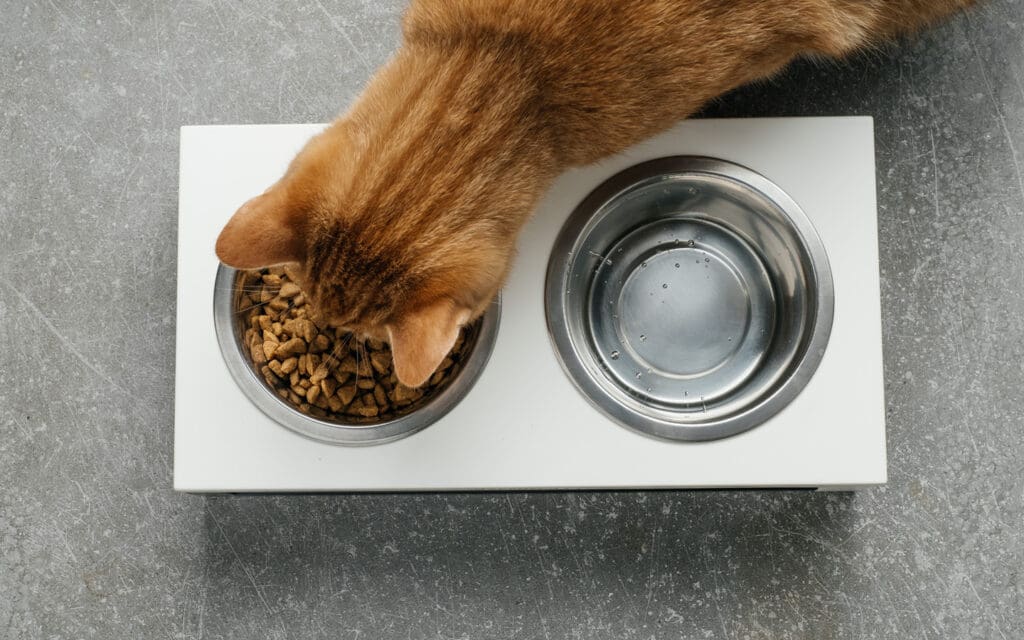
Create a predictable daily schedule for your cat, including regular feeding times, playtime, and quiet periods. Cats thrive on routine and feel more secure when they know what to expect. Maintain consistency in meal times, litter box cleaning, and interactive play sessions to reduce stress and anxiety in your feline friend.
8. Use Pheromone Products

Synthetic feline pheromones can help calm anxious cats. Diffusers like Feliway release calming scents that mimic natural cat pheromones, potentially reducing stress-related behaviors. While not a cure-all, studies show pheromone products may decrease urine marking and improve multi-cat household dynamics. Place diffusers in areas your cat frequents for best results.
7. Address Underlying Health Issues
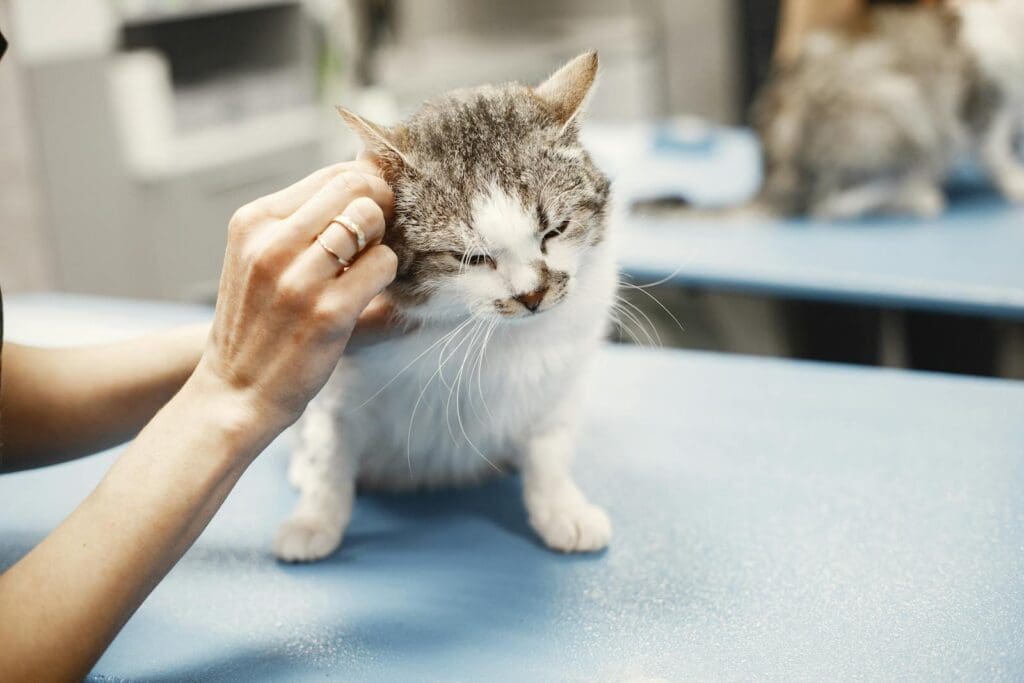
Temperamental behavior in cats can often stem from underlying health problems. Common issues include hyperthyroidism, arthritis, dental disease, and urinary tract infections. Schedule a thorough veterinary checkup to rule out or treat any medical conditions that may be causing discomfort or irritability in your feline friend. Addressing these health concerns can significantly improve your cat’s mood and behavior.
6. Offer Safe Retreat Spaces
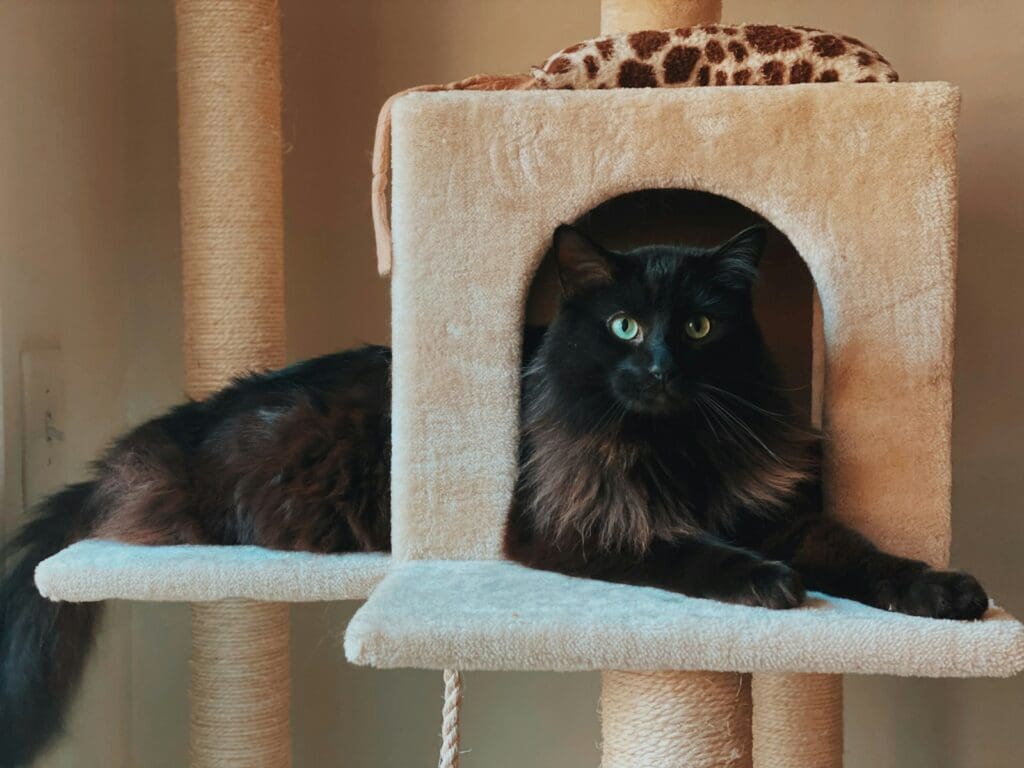
Create quiet, elevated spaces where your cat can retreat when feeling overwhelmed. Include cozy beds, soft blankets, and hiding spots like boxes or cat trees. Position these areas away from high-traffic zones and ensure easy access to resources like food and water. Respect your cat’s need for solitude when using these spaces.
5. Implement Positive Reinforcement Training
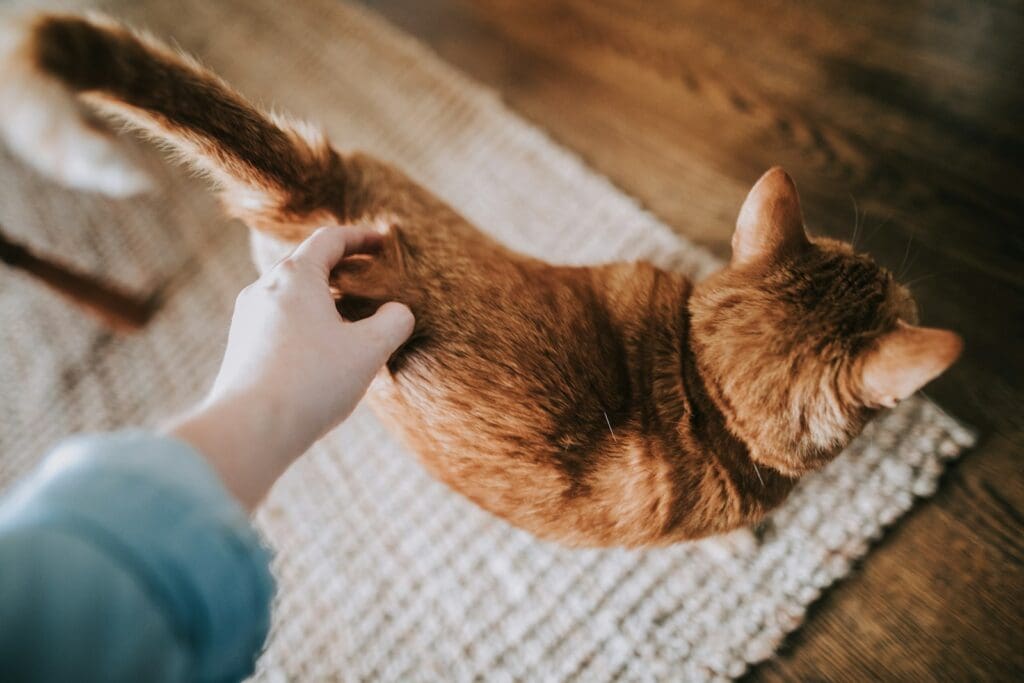
Use treats, praise, and petting to reward desired behaviors in your cat. Immediately reinforce positive actions like using a scratching post or coming when called. Avoid punishment, as it can damage your relationship. Consistency is key – reward the same behaviors each time to effectively shape your cat’s conduct.
4. Provide Enrichment and Distractions

Create a stimulating environment for your cat with interactive toys, puzzle feeders, and climbing structures. Engage their natural instincts through play sessions using wand toys or laser pointers. Set up a window perch for bird-watching or play cat-specific videos. These activities help redirect negative behaviors and keep your cat mentally and physically satisfied.
Read More: 10 Ways to Stop a Cat from Scratching the Furniture
3. Use Gentle Handling Techniques

Approach your cat calmly and use passive restraint techniques. Avoid forceful handling or “scruffing,” which can increase stress and aggression. Instead, let your cat choose their position and maintain some control during interactions. This gentle approach reduces fear and the likelihood of defensive aggression.
Read More: 10 Tips to Win Over Your Cat
2. Create a Calm Environment

Establish a peaceful sanctuary for your cat by designating a quiet area with soft bedding, a scratching post, and favorite toys. Use calming pheromone diffusers or sprays to reduce stress. Play soothing music or white noise to mask disruptive sounds. Keep the space at a comfortable temperature and provide hiding spots for security.
Read More: How to Build Trust With Your New Cat
1. Recognize Signs of Feline Irritation

Learn to identify signs of cat discomfort, including excessive grooming, hiding, changes in appetite, and unusual vocalizations. Physical symptoms may include skin irritation, hair loss, or scabs. Behavioral changes like increased aggression or avoidance of interaction can also indicate distress. Recognizing these signs early allows for prompt intervention and care.
Navigating the complexities of feline behavior can seem daunting, but with patience and the right strategies, you can foster a positive environment and relationship with your cat. From recognizing signs of irritation and creating a calming environment to using positive reinforcement and seeking professional help, these steps can make a significant difference. Remember, every cat is unique, and understanding their individual needs is key to their well-being. By implementing these strategies, you are taking proactive steps to ensure your cat’s happiness and nurturing a loving bond that will last for years to come.
Read More: How to Discipline a Cat the Right Way






